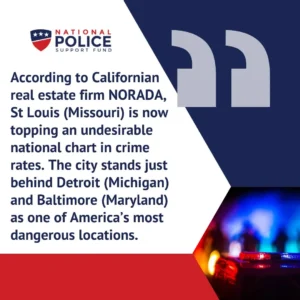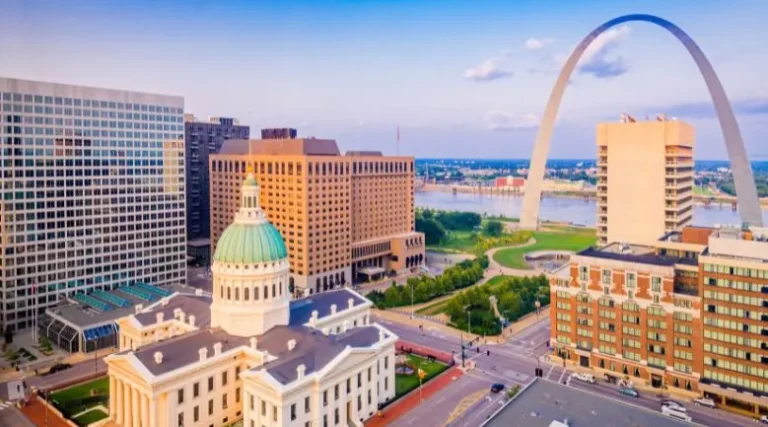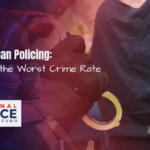According to real estate firm NORADA, St. Louis is now topping an undesirable national chart. The city stands just behind Detroit and Baltimore as one of America’s most dangerous locations.
NORADA’s ranking takes into account the rates for both homicide and violent crime, the detection and conviction rates, as well as the prevalence of gang-related violence, all extracted from official FBI data. According to the firm, the city’s ongoing wave of violence and pervasive poverty have established it as the country’s third most dangerous city.
How Unsafe is St. Louis Right Now?
Between 2019 and 2023, the city of St. Louis has been awash with high numbers of violent and property crimes – many of which routinely result in no arrest and no conviction.
Numbers tell a worrying figure: in 2023 alone, the city saw 4,212 violent crimes and over 20,750 reports of property crimes. With a population of 286,578 inhabits, this means:
- 1 in 68 people in the city will become the victim of a crime every year
- The violent crime rate is 14.70 per 1,000 people (compared to a national median of 4 per 1,000 people)
- The assault rate is 10.67 per 1,000 people (compared to a national median of 2.68)
- The murder rate of 0.70 per 1,000 people is ten times higher than the national average.
Where are these crimes concentrated?
Partly due to its connection to gang activity and poverty, crime around St. Louis is not evenly distributed. According to Neighborhood Scout, the highest crime rates consistently fall in Downtown St. Louis, especially in the eastern districts closer to the Mississippi and Missouri rivers.

Areas such as the North Riverfront, Old Fort, College Hill, or Marine Villa East all see up to 88% more crime than the residential districts to the south and west of the city. On the other hand, nearly all of the city’s ten safest neighborhoods lie between Metro St. Louis and the smaller city of Arnold.
What Happened to St. Louis?
St. Louis’ ongoing crime problem contrasts starkly with the city’s potential. In 2021, St. Louis was chosen as one of the country’s “Top destinations for emerging businesses.” However, everyday dangers are now halting what could have been an unprecedented wave of development.
A commonly cited factor for this is the number of guns in gang members’ hands, who now recruit ever-younger members for their internal disputes. In addition, the country’s economic stagnation offers its inner-city youth few other opportunities for advancement.
But perhaps the biggest factor was the abrupt separation of St. Louis City and St. Louis County police, accompanied by an arbitrary distribution of resources. Spurred by the unrest of the “Black Lives Matter” protests, this division left St. Louis City Police understaffed and underfunded – despite overseeing the areas with the highest population density and crime prevalence.
Are there Any Solutions in Sight?
Currently, the City of St. Louis is attempting to pass stricter gun control legislation as part of an effort to curb the number of shootings. But as many of these shootings are gang-related, the idea has been met with skepticism by local legislations: stricter laws will not keep guns away from the hands of disenfranchised youth who have little interest in obeying the law in the first place.
These efforts must be accompanied by improved educational opportunities and mentorship programs, especially for those living in Downtown areas. In addition, the St. Louis City police need an urgent boost in numbers. This will allow them to increase their visibility, prevent more incidents, and respond promptly to incidents that can’t be avoided.









